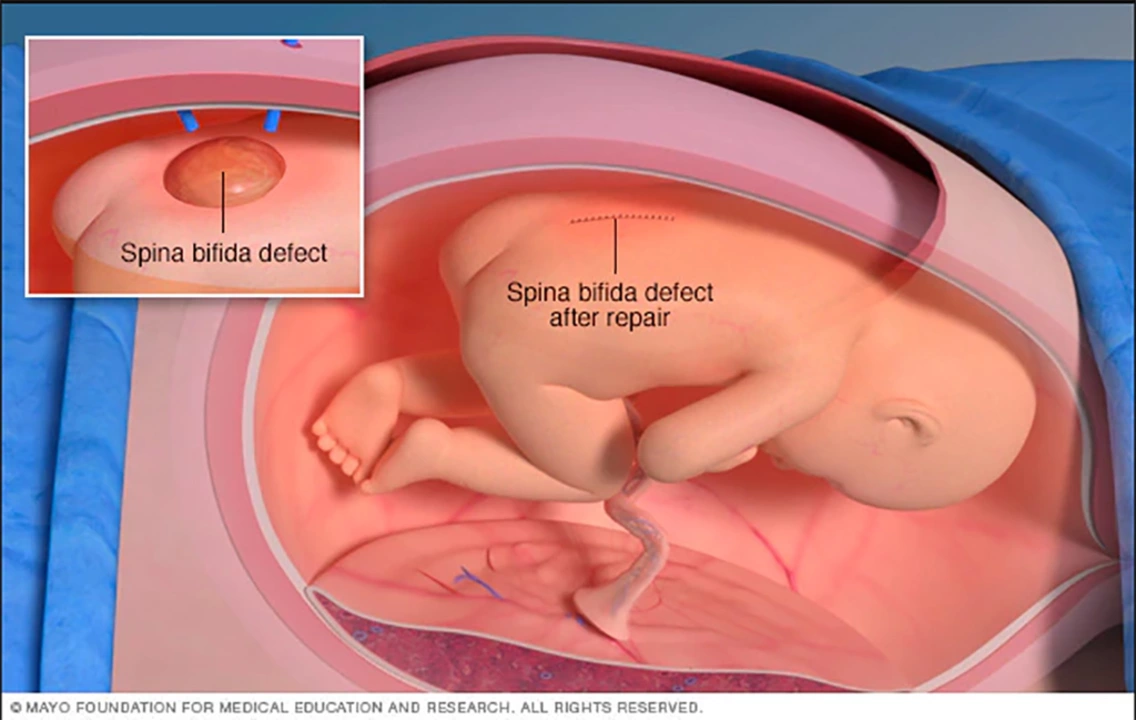Spina Bifida: What You Need to Know Right Now
Spina bifida is a birth difference that affects the spine and nervous system. It can range from a tiny, hidden gap in the vertebrae to a visible sac on a baby’s back with nerves involved. That wide range means care looks very different for each person — some need only checkups, others need surgeries, devices, and ongoing rehab.
Types and how doctors find it
There are three main types: spina bifida occulta (mild, often unnoticed), meningocele (a fluid-filled sac), and myelomeningocele (the more serious form where nerves are involved). Doctors usually spot concerns in pregnancy with a maternal serum AFP test and a targeted ultrasound around the middle of pregnancy. If something looks off, fetal MRI or genetics counseling may follow. After birth, a physical exam and imaging (ultrasound, MRI, or X-ray) confirm the exact problem and any related brain issues like hydrocephalus.
Treatment, daily care, and prevention steps
Early planning makes a big difference. For babies with myelomeningocele, teams decide quickly on surgery—either before birth (prenatal repair) or soon after birth. Prenatal surgery can lower the chance of needing a shunt for hydrocephalus and may improve mobility, but it comes with risks and requires a specialized center. Postnatal surgery closes the opening to protect the spinal cord.
Long-term care is multidisciplinary. Expect neurosurgery for spine and hydrocephalus issues, urology for bladder management, orthopedics and physical therapy for walking and joint health, plus rehab therapists and occupational therapy. Many people use clean intermittent catheterization and bowel programs to manage bladder and bowel function. Braces, walkers, or wheelchairs can help independence depending on strength and balance.
Prevention is the most practical step for people planning pregnancy. Take 400–800 mcg (0.4–0.8 mg) of folic acid daily starting at least one month before conception and through the first trimester. If a person has had a previous pregnancy affected by a neural tube defect, doctors usually recommend a higher dose—commonly 4 mg daily—under medical supervision. Fortified foods plus a supplement give the best protection.
Practical tips: get preconception care, ask your provider about folic acid dosing, schedule targeted prenatal screening if you’re pregnant, and if your baby is diagnosed, seek a center with experience in neural tube defects. Join local support groups or online communities — parents and adults living with spina bifida often share helpful, real-world tips that clinics won’t cover in short visits.
If you want, we can list trusted resources, how to prepare for a specialist visit, or questions to ask a neurosurgeon or urologist. Which would help you most right now?
The role of physical therapy in managing spina bifida symptoms
In my latest blog post, I explored the vital role physical therapy plays in managing spina bifida symptoms. I discovered that physical therapy can greatly improve mobility, prevent complications, and enhance the overall quality of life for individuals with this condition. Additionally, I learned that early intervention is crucial for optimal results, as it helps to develop strength and flexibility in affected muscles. Furthermore, I found out that physical therapists work closely with patients to create personalized treatment plans, focusing on individual needs and goals. Overall, I believe that physical therapy is an essential component in managing spina bifida and should be considered as a crucial part of the treatment plan.
© 2025. All rights reserved.

